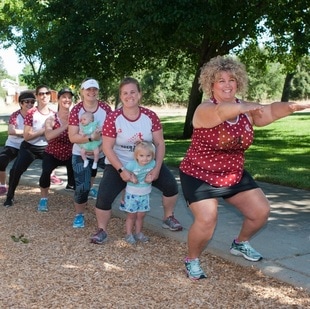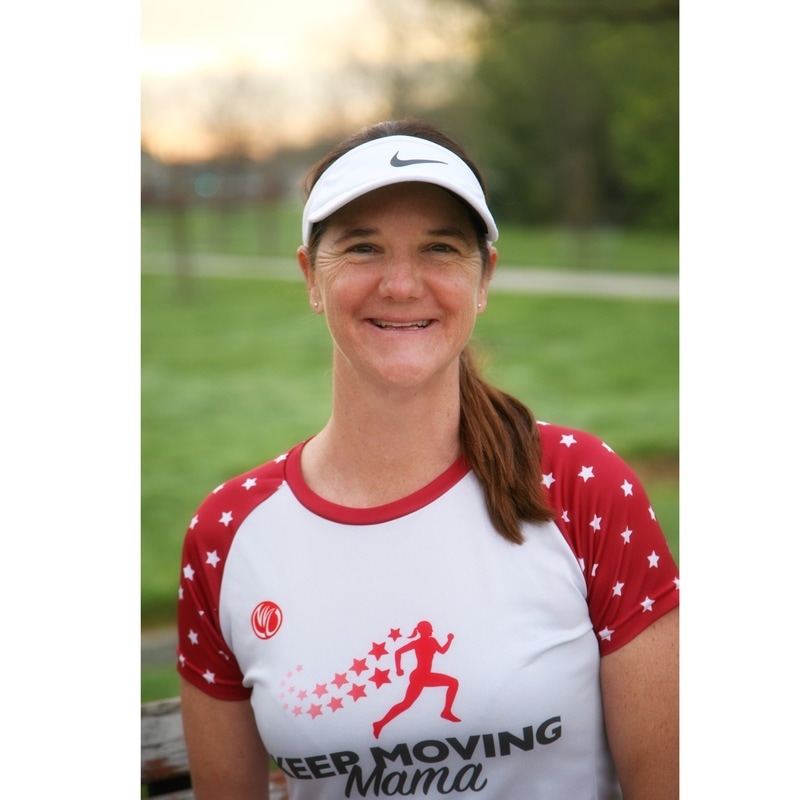|
Originally published in Ardent Magazine Summer 2017  Balance shouldn’t be taken for granted, and it’s not a forgone assumption that you’ll lose your balance as you age. With a conscious effort to improve balance daily and a focus on it in our exercise programs we maintain our overall stability much longer. It’s when we don’t challenge our balance that it will decrease. Many things can cause our balance to decrease, from a disease, to an inner ear infection, to a balance disorder and even poor posture. If you have noticed a sudden change in balance, it is worth checking in with your doctor. However, in the absence of these things simply adding imbalance into each day can result in large improvements at any age. There are several ways to improve your balance in your daily life. Moms of young kids can take cues from their littles. Walk the tight rope on the curb, walk across the swinging bridge at the park or ride your bike along side your kids. I often encourage clients to simply stand on one foot while they brush their teeth. Right foot in the morning, left foot at night. One clients mother did this after her doctors testing concluding that she was prone to falls. After 6 months, her doctor noticed a significant improvement at her return visit and retest. How easy is that? Your dedicated exercise time can also be changed slightly to include balance improving exercises. Not to mention that we use up to 30% more calories when doing exercises that require stability. While doing rows or any standing upper body exercise, stand on one foot. Do exercises that use just one side of the body at a time such as single leg lunges, squats and calf raises.  Use a suspension trainer. TRX and WOSS are two brands that use suspension systems for portable exercise equipment. These engage the core for stabilization helping to build balance. In an 8 week study of 12 subjects, ages 75 and older training twice per week for 60 minutes on a TRX, improvements were seen in both the Functional Reach Test (FRT) the Timed Up and Go (TUG) test. These tests are used to gage risk of falling in exercise and in medical settings.  Take advantage of uneven surfaces when exercising outdoors. Run on the granite path at Elk Grove park, do your lunges in the grass, try your plies with one foot on the curb. Mix up the direction during your exercises. Combine squats and lunges in each leg set; a forward lunge, then a side squat, then a reverse lunge, repeating on the other side. Or move to the right for 10 squats, before moving left for the next 10. Regardless if it’s a postpartum woman in my pilates/yoga class or personal training with a senior with arthritis in the hip, I include balance building exercises in each workout. There’s nothing to lose and everything to gain. Keep Moving Mama
1 Comment
|
AuthorEmpowering women to build confidence through strength, health and community is the Keep Moving Mama mission. Comment to be part of the community. Archives
June 2022
Categories |


 RSS Feed
RSS Feed